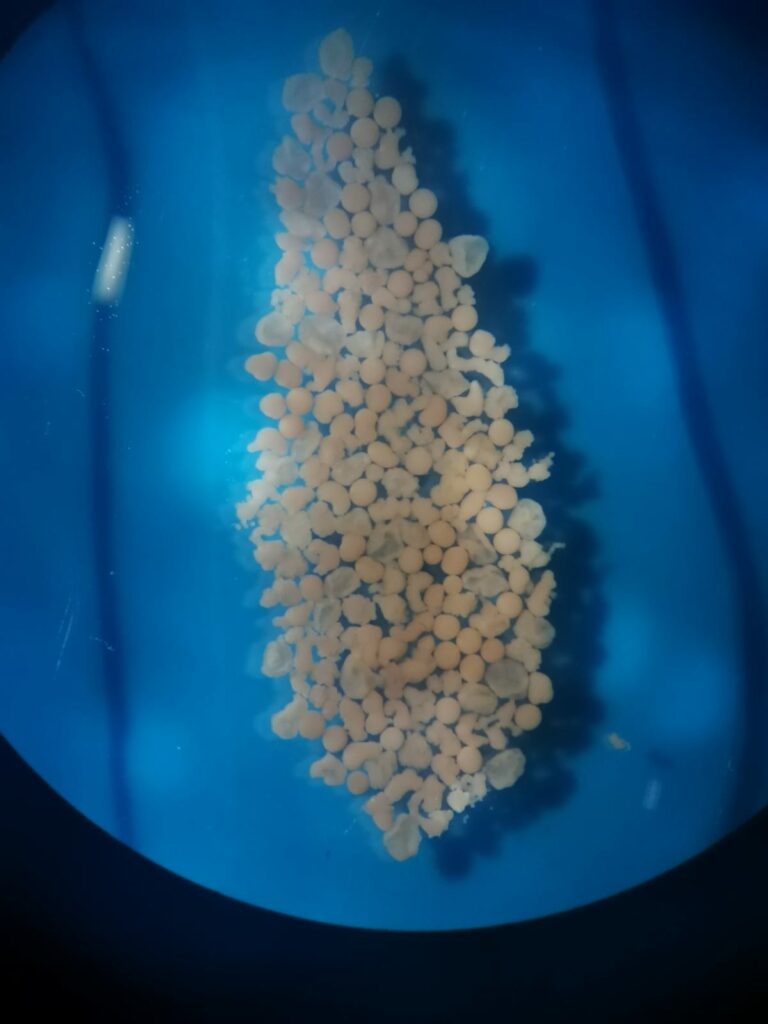The key reef building corals of the Caribbean reproduce through synchronized mass spawning events. In the case of Acropora corals, gametes (sperm and eggs) are released from adult colonies, fertilisation takes place in the water column, and larval settlement takes place 3-10 days later. Acropora spawning only happens on a couple of nights per year, and as the coral populations are decimated and adult corals are increasingly isolated, fertilisation success is lowered.
Even when fertilisation takes place, coral larvae are highly vulnerable, and mortality is high – only a small percentage of larvae successfully settle onto reef substrate to grow into adult corals. The availability of suitable substrate (i.e., healthy crustose coralline algae, or CCA), is also reduced, and so larvae may not be able to find a good habitat within the time they need to.
In the Caribbean, juvenile coral recruits (baby corals) are almost never observed on the reef, and coral sexual reproduction is now considered a bottleneck to ecosystem recovery, as both the abundance of healthy adult corals and suitable substrate are reduced on degraded coral reefs. To support natural sexual reproduction in corals, restoration practitioners collect coral gametes (eggs and sperm) from coral colonies in the field, assist them to fertilise in the lab, rear the coral recruits in aquaria through the most vulnerable life stages, and then transplant the baby corals back onto the reef.
In 2016, I trained under Professor Anastazia Banaszak, who collaborates with Secore International to provide bilingual (Spanish and English) training programs for restoration practitioners from around the Mesoamerican and Caribbean region. The course is a month-long intensive on coral reproduction at the CORALIUM Laboratory, National Autonomous University of Mexico (UNAM) in Puerto Morelos. The following year, we initiated coral spawning monitoring in Akumal.
With local stakeholder support from Akumal Dive Center and Hotel Akumal Caribe, we made the first reported observation of coral spawning in Akumal in 2017. I trained local and international divemasters and instructors to observe field spawning and deploy coral spawning nets, and we collected gametes from Acropora palmata at three sites. We brought the gametes back to the Hotel Akumal Caribe, who provided us with a room to conduct assisted fertilisation and rearing of coral larvae.
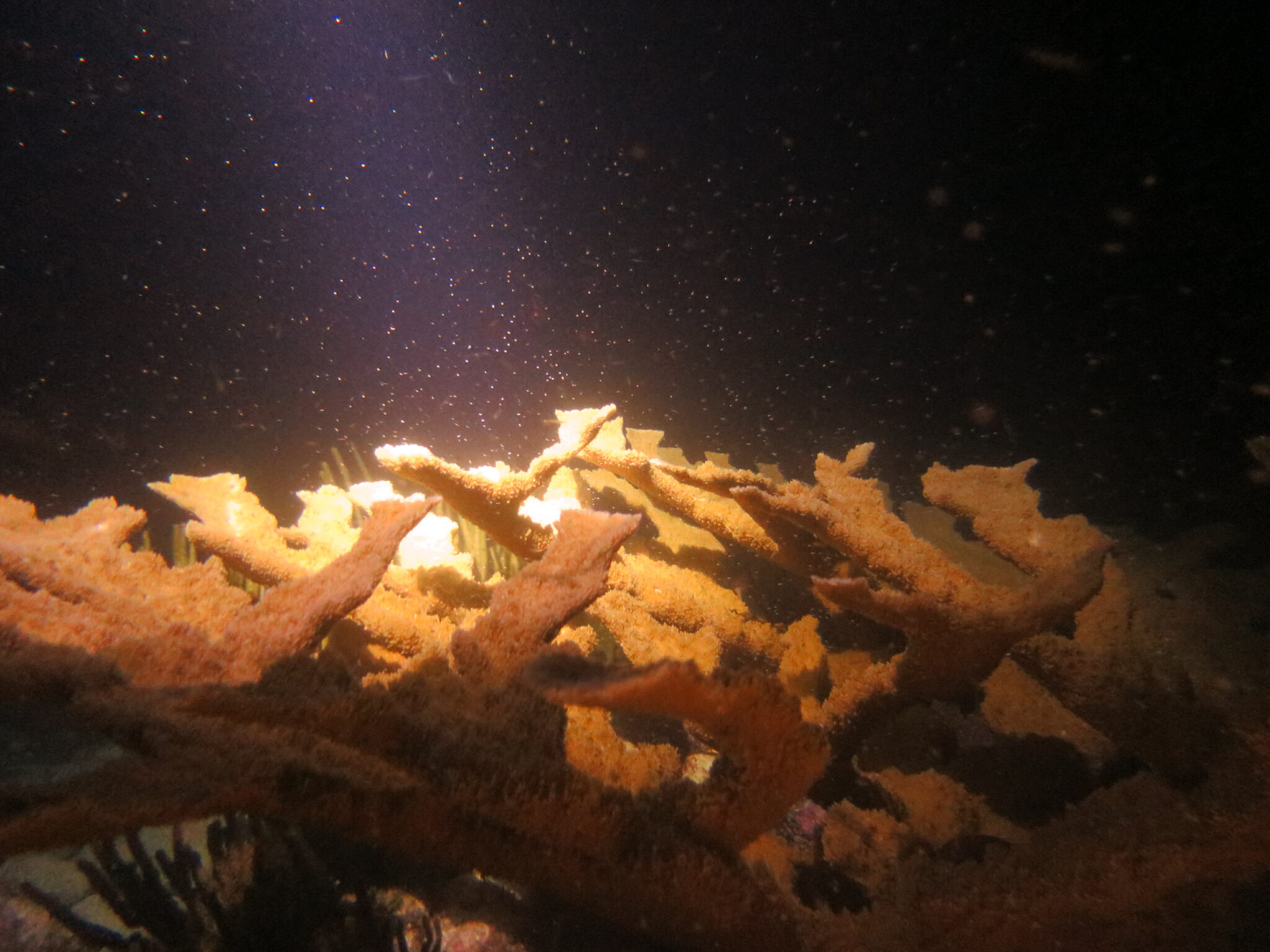
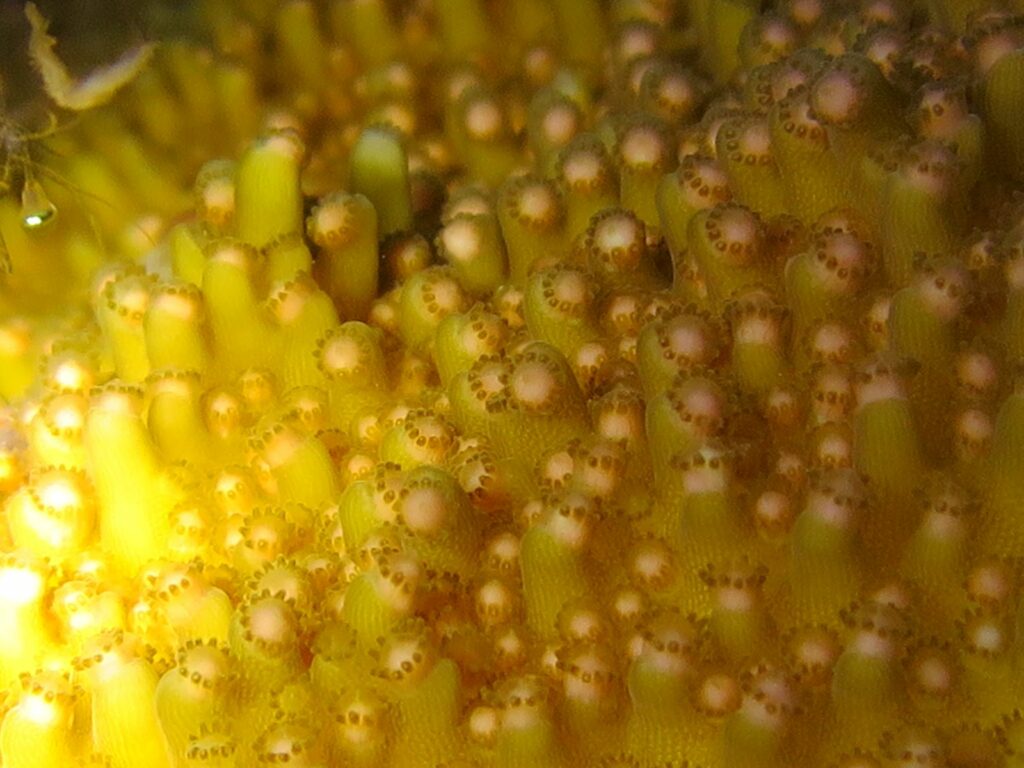
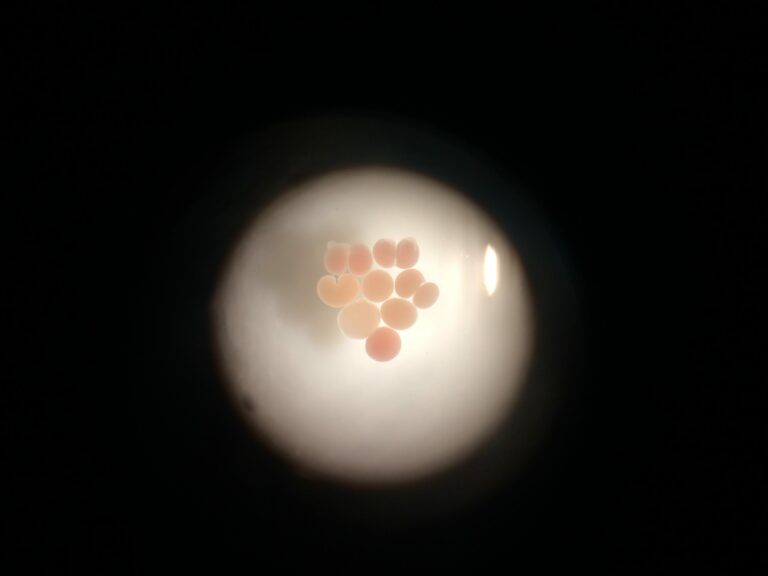
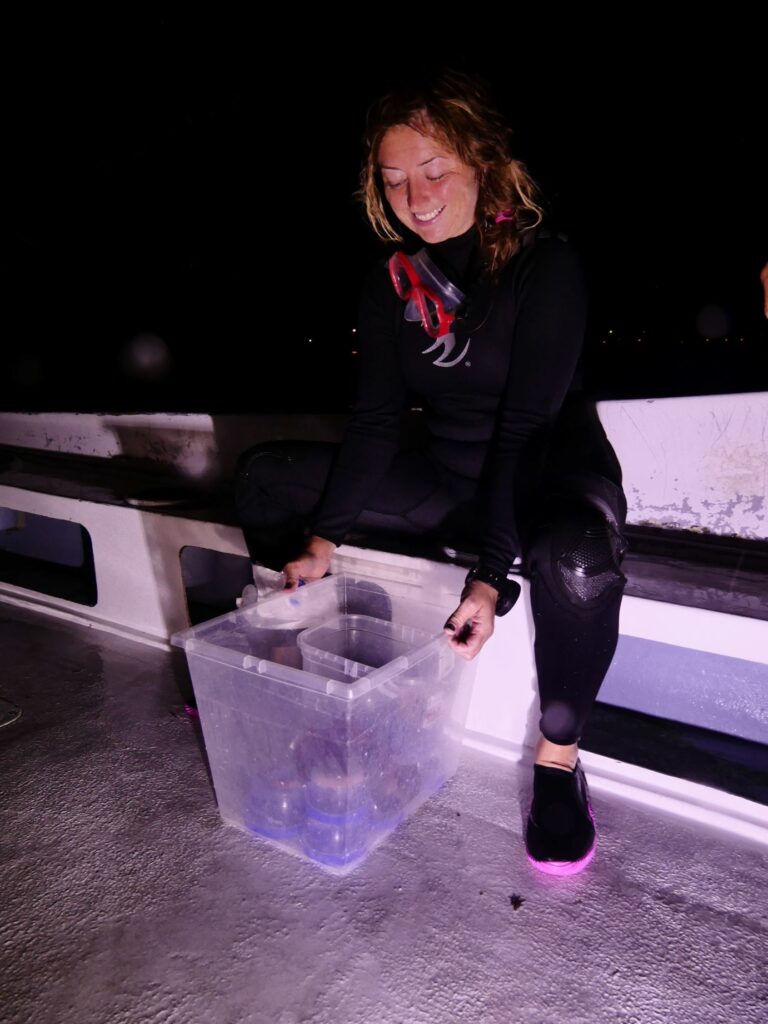
Akumal's Coral Lab
Thanks to funding from the Coral Conservation Society, we developed Akumal as a new site in the CORALIUM network, and in 2018, granted funds to build an on-site wet lab on the grounds of the hotel to support this work each summer. Akumal’s coral lab has 10 coral rearing bins which are gravity fed by 2 x 1100 litre tanks of UV-filtered water. The Coral Conservation Society provided us with all of the equipment we need for rearing coral larvae.
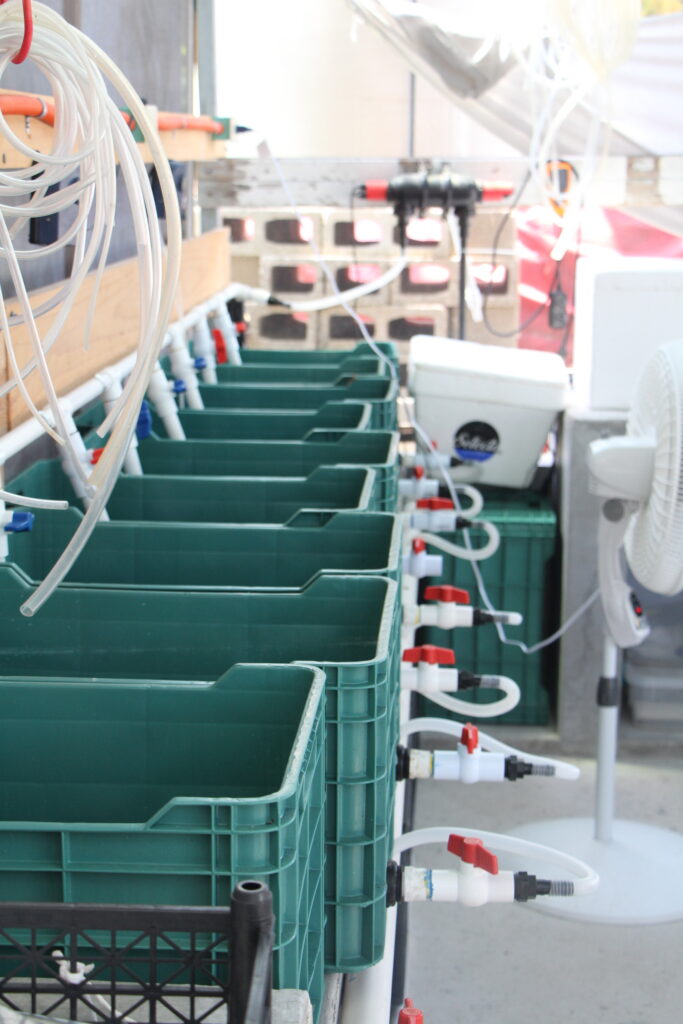
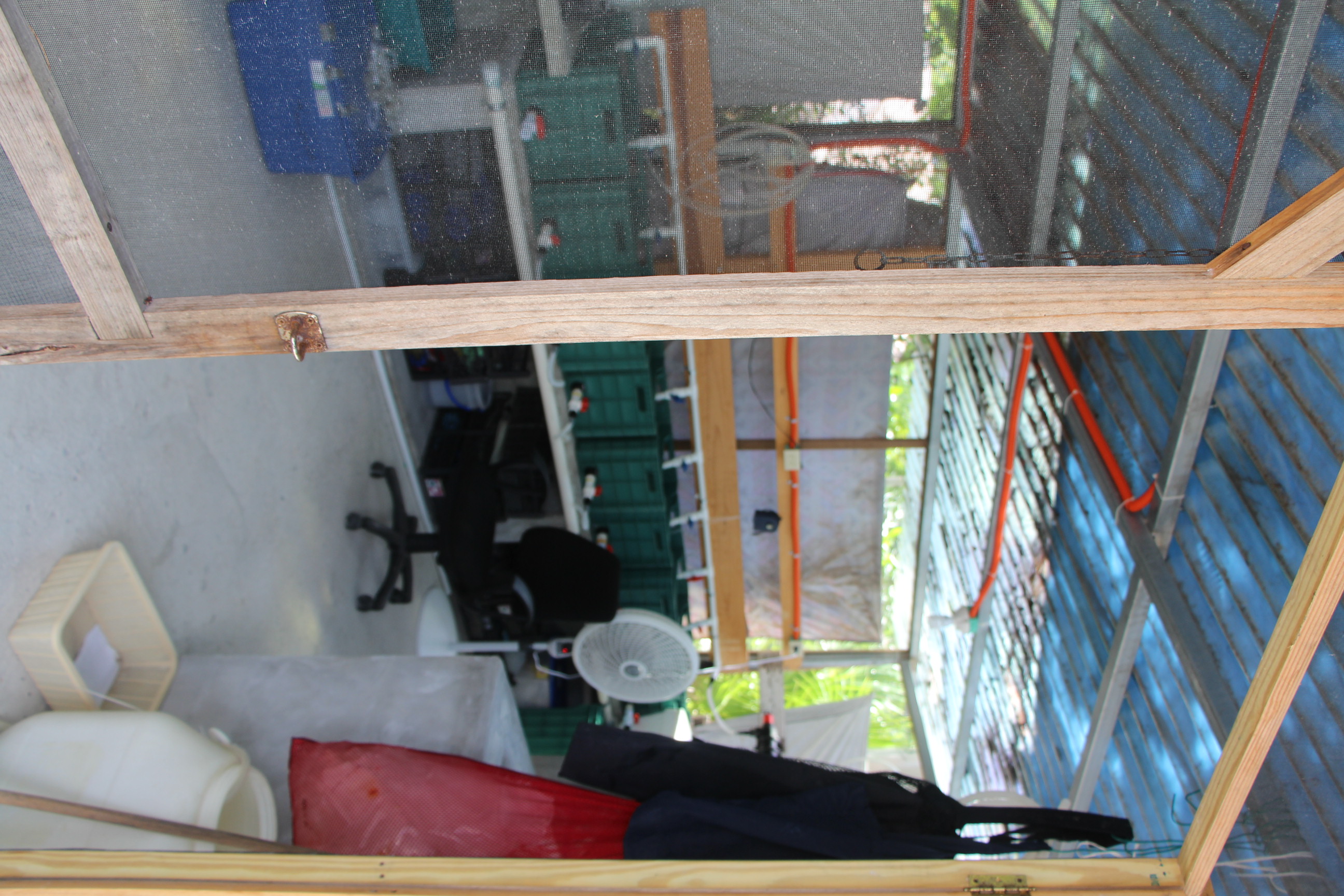
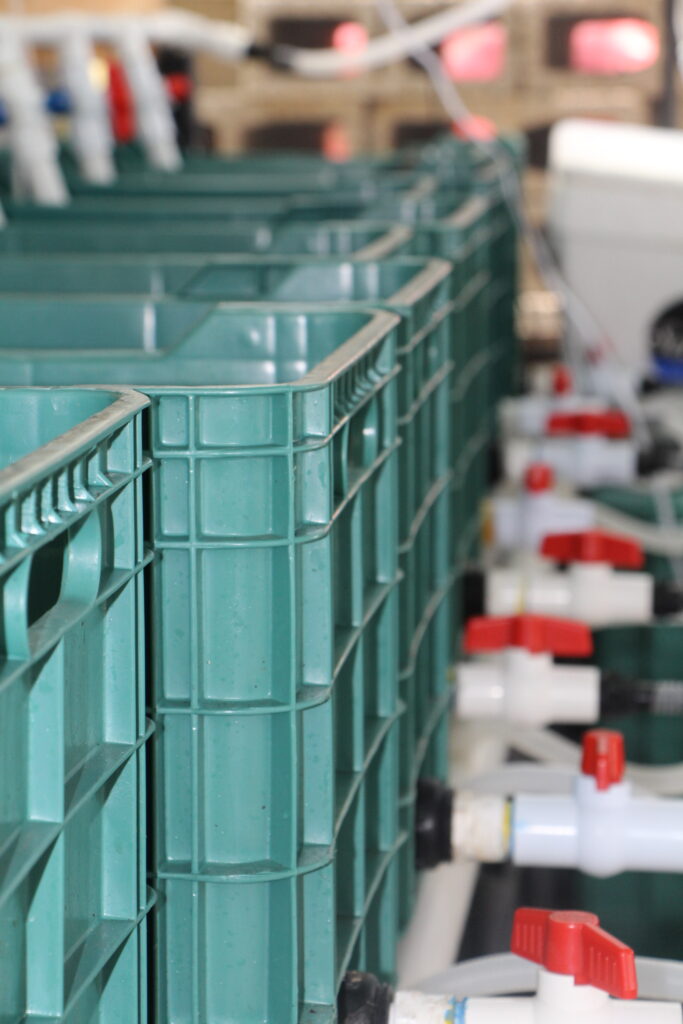
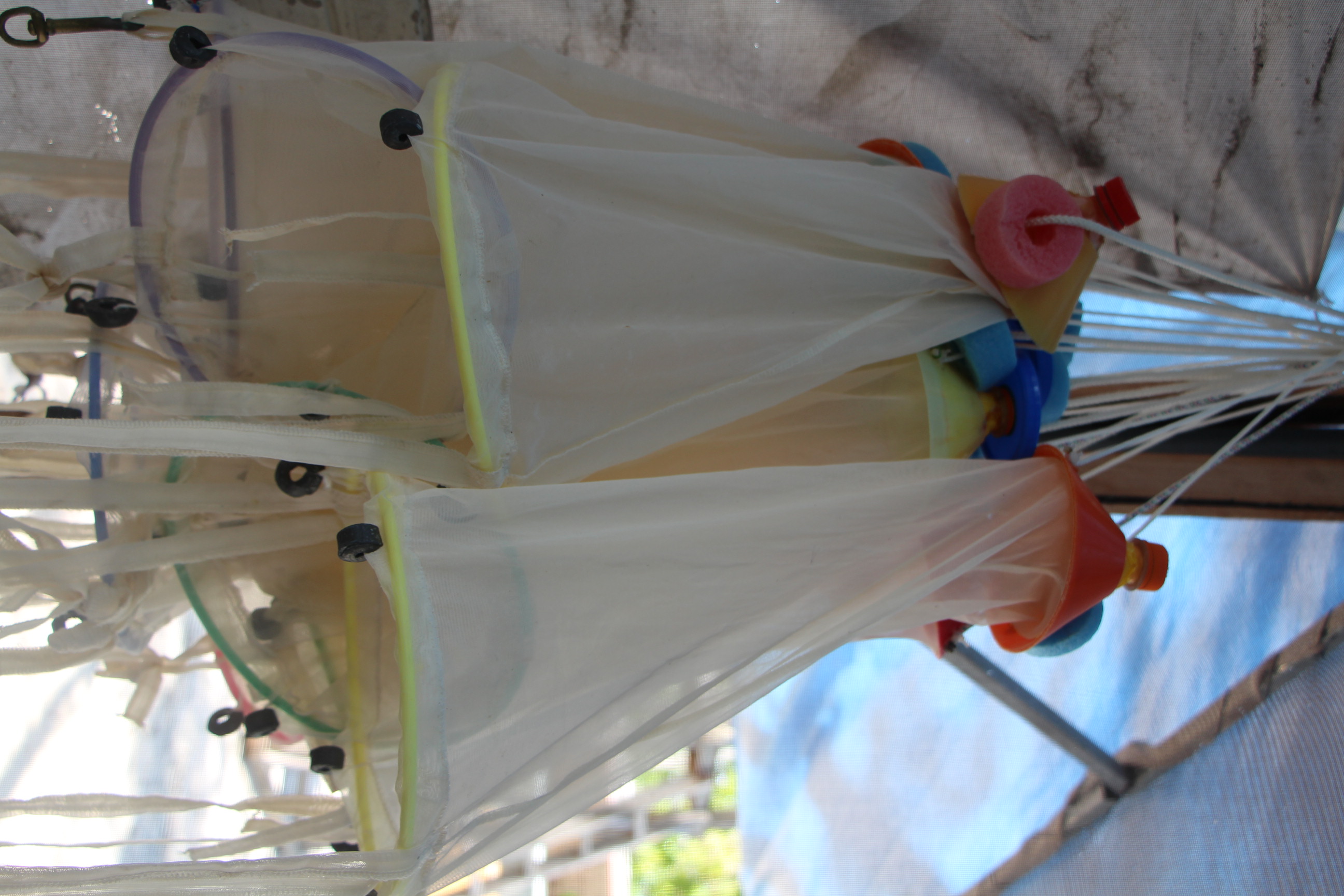
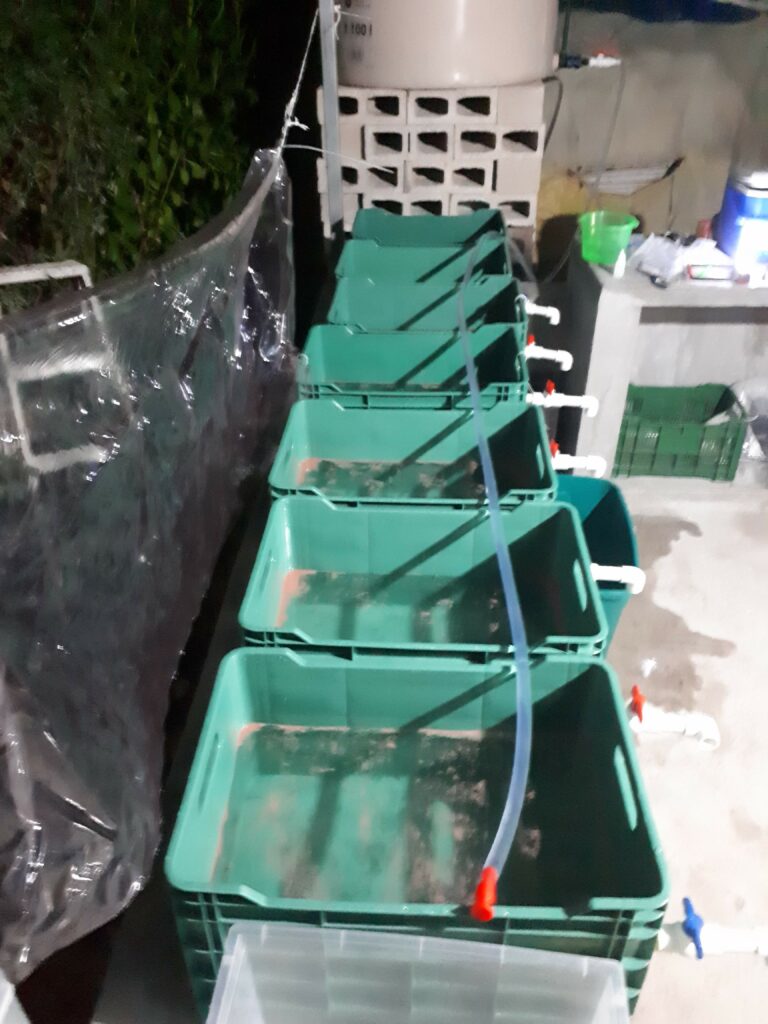
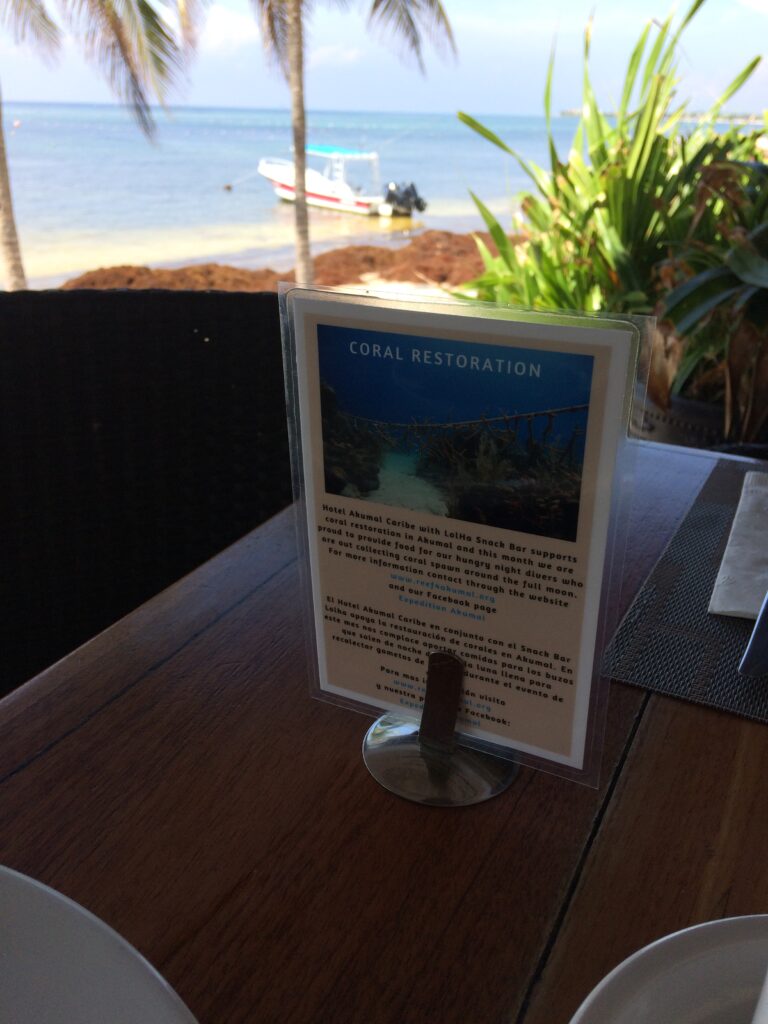

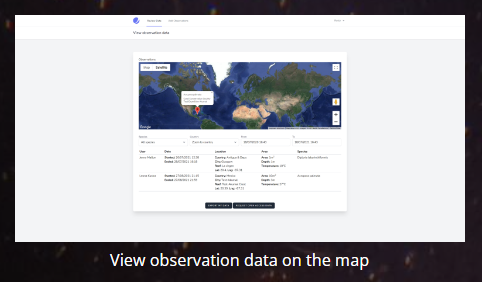
The Coral Observer App
Due to the pandemic, I was not able to travel to Akumal in 2020 and 2021; instead, I worked with my friend at quantumweb.co to create www.CoralObserver.com a web-based app designed to streamline data collection for coral spawning observations.
The app is free and easy to use. If you would like to use it for your database or to contribute your data to the datasets being collected in the region to support the science, please try out the app and get in touch with your feedback!
